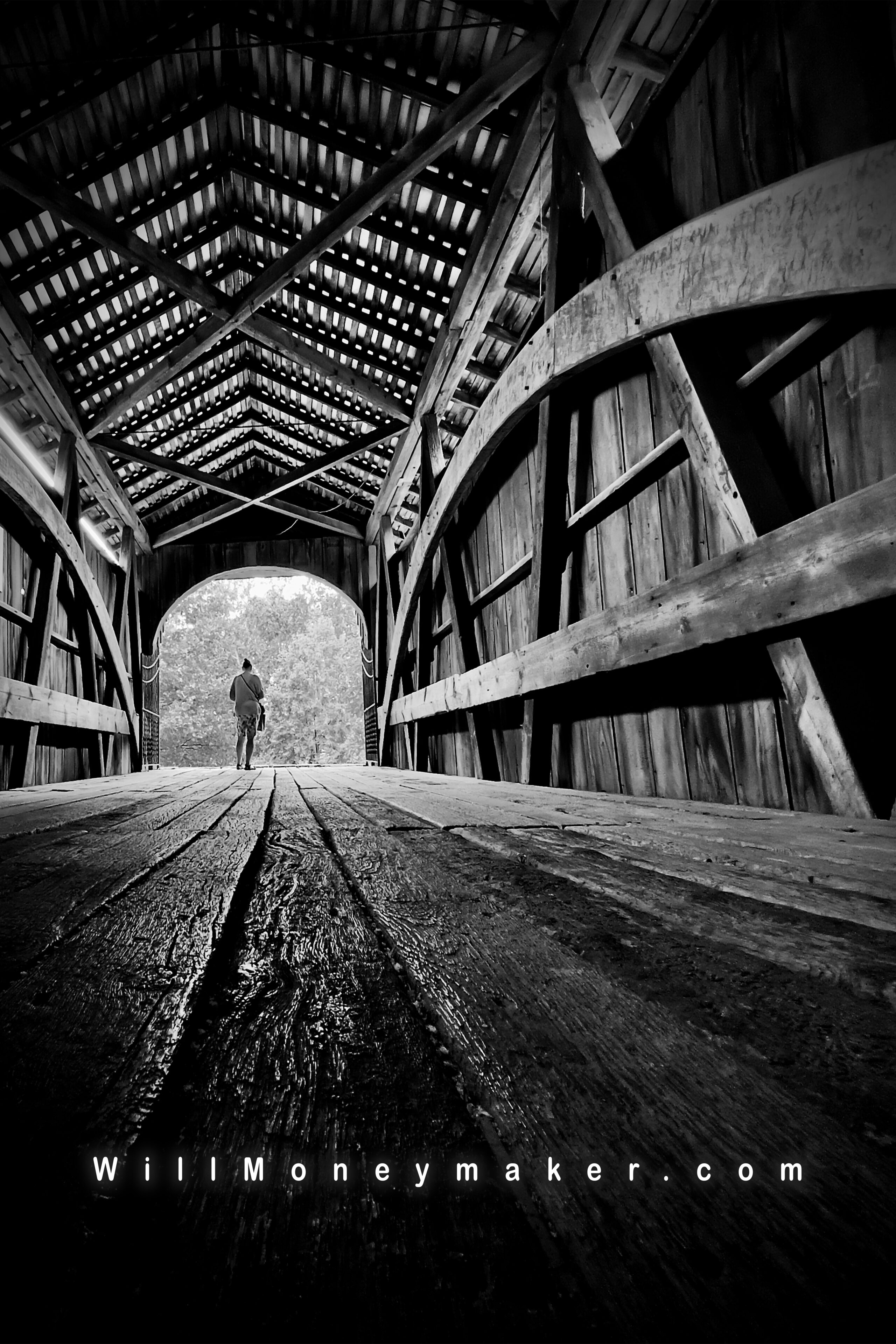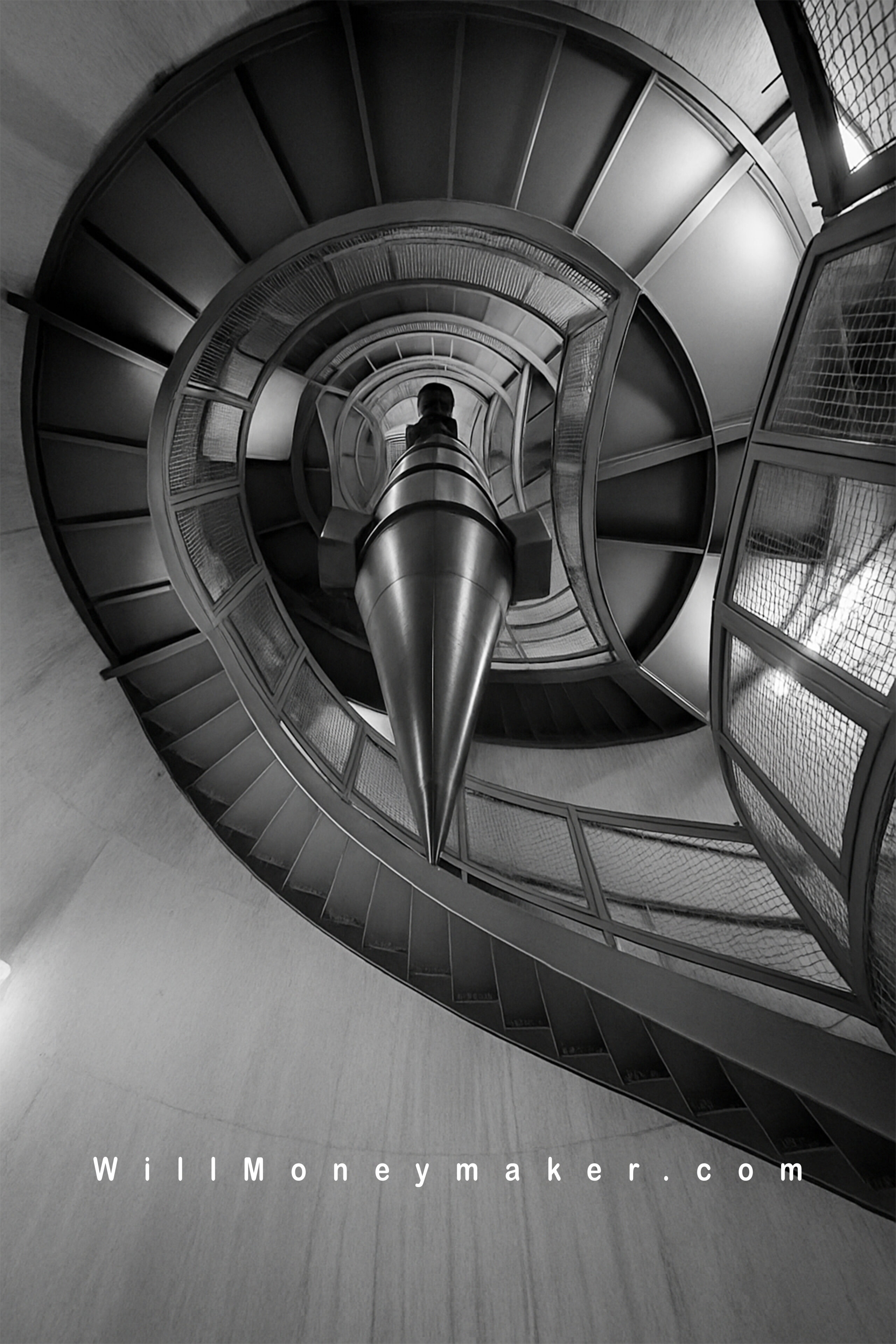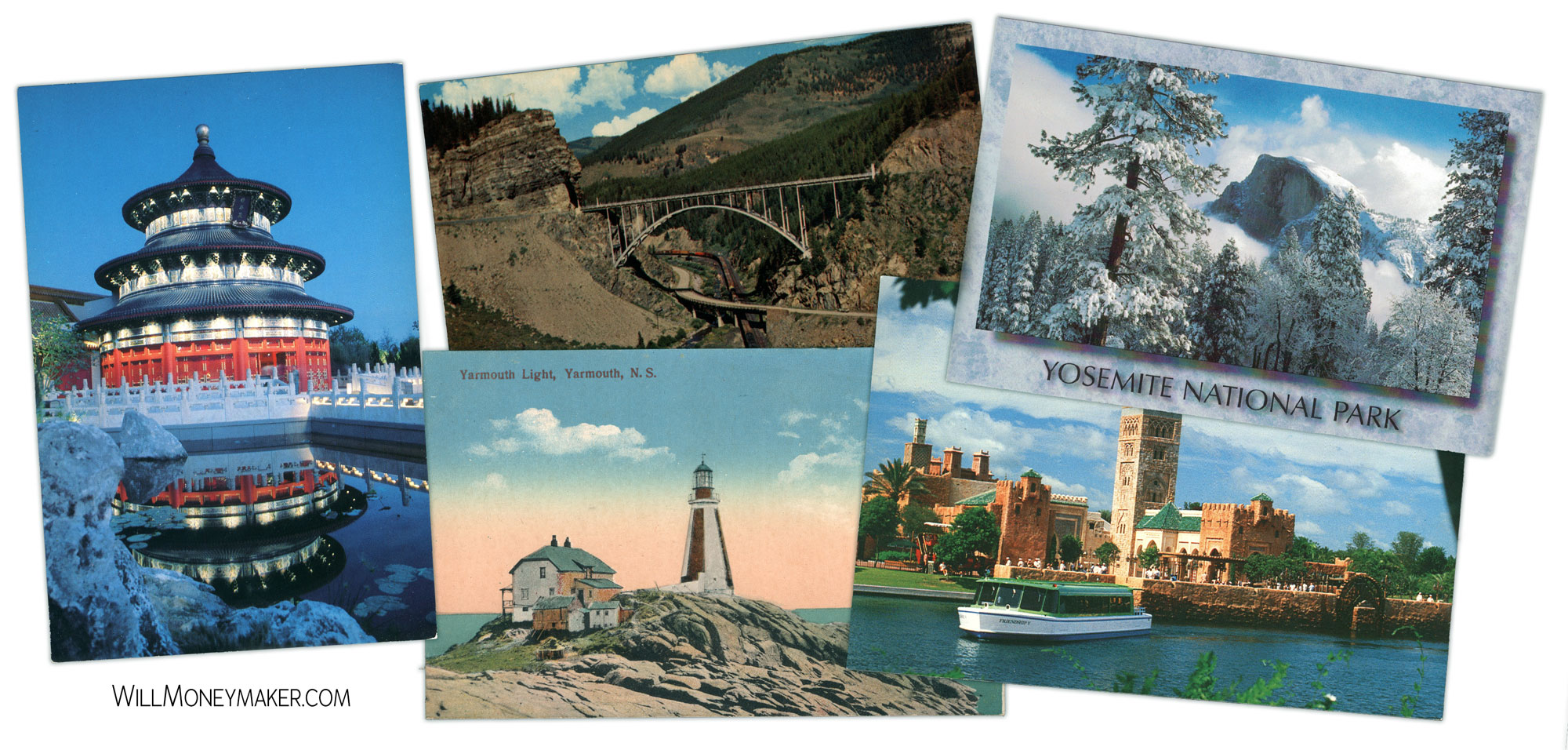Have you ever looked at a photograph and felt a surge of memories or emotions, as if the image before you opened a door to another time or place? This is one of the most magical aspects of photography – its ability to act as a metaphor, connecting us to deeper meanings and experiences beyond the frame. When we look at a photograph, it’s not just a snapshot of a moment. It becomes a mirror, reflecting our own stories and memories. This metaphorical power is what elevates photography from mere documentation to an art form.
The Photograph as a Mirror
When you gaze at a photograph, it often reflects more than just the visual elements captured within the frame. It mirrors our personal experiences, emotions, and memories. For instance, a picture of a serene beach at sunset might instantly transport you back to a family vacation where you felt the warmth of the sand beneath your feet and heard the rhythmic lull of the waves. The photograph, in this case, acts as a mirror, reflecting the tranquility and joy of those moments.
Photographs have the uncanny ability to evoke a wide range of feelings. A black-and-white portrait of an elderly person can reflect wisdom, a life lived through countless experiences, and perhaps a touch of melancholy. A vibrant, colorful image of children playing in a park can mirror the innocence and exuberance of youth. Each photograph, through its composition, lighting, and subject matter, holds up a mirror to our own lives and emotions.
The Photograph as a Pathway
Beyond mirroring our experiences, photographs also serve as pathways, guiding us through the corridors of our minds to different times and places. They can lead us on a journey, both familiar and unknown. This aspect of photography is what makes it so captivating and immersive.
Think about the work of landscape photographers like Ansel Adams. His breathtaking images of America’s wilderness do more than depict natural beauty; they lead viewers on a journey through pristine valleys, rugged mountains, and serene forests. Each photograph becomes a pathway to explore the majesty of nature and the sense of awe it inspires.
Similarly, street photography can serve as a pathway into the lives and stories of people from diverse backgrounds. A candid shot of a bustling market in a foreign country can transport you to the vibrant streets of that place, allowing you to experience its culture, colors, and sounds. Through the lens of the photographer, you walk those streets, meet those people, and feel a connection to their world.
The Photograph as a Door
Photographs also act as doors, opening into realms of interpretation and imagination. They invite us to step beyond the surface and explore the deeper meanings and stories within the frame. This aspect of photography is particularly powerful in the hands of skilled artists who can convey complex narratives through their images.
One of the most compelling examples of photography as a door is found in the works of Dorothea Lange. Her haunting portraits from the Great Depression, such as the iconic “Migrant Mother,” do more than document the hardships of the era. They open doors to the resilience and strength of those who lived through it. Lange’s photographs tell stories of survival, hope, and human dignity, inviting viewers to delve into the lives of her subjects.
Even in contemporary photography, this concept remains potent. A photograph of an abandoned building can open a door to thoughts about decay, change, and the passage of time. It can make us ponder the lives that once occupied that space and the stories left behind in the dust and debris. Through these doors, we connect with the past, present, and future, finding new layers of meaning in each image.
Embracing the Power of Metaphor in Photography
Understanding the metaphorical power of photography can transform the way we approach taking and viewing photos. As photographers, we have the ability to create images that go beyond the literal and tap into the universal themes of human experience. By embracing this power, we can craft photographs that resonate deeply with viewers and leave a lasting impact.
When capturing an image, consider the stories you want to tell and the emotions you hope to convey. Think about how your photograph can serve as a mirror, reflecting the viewer’s own experiences and memories. Use composition, lighting, and subject matter to guide the viewer on a pathway, leading them to explore new perspectives and ideas. And finally, open doors to interpretation and imagination, allowing your audience to find their own meanings and connections within the frame.
Practical Tips for Creating Metaphorical Photographs
To harness the power of metaphor in your photography, here are some practical tips to keep in mind:
1. Focus on Emotion: Aim to capture emotions in your photographs. Whether it’s joy, sadness, nostalgia, or awe, conveying emotions can help your images resonate with viewers on a deeper level.
2. Use Symbolism: Incorporate symbolic elements into your compositions. Objects, colors, and settings can all serve as symbols that add layers of meaning to your photographs.
3. Tell a Story: Think about the narrative you want to convey. What story does your photograph tell? How can you use visual elements to enhance that story?
4. Experiment with Perspective: Try different angles and viewpoints to create unique and thought-provoking images. A change in perspective can transform an ordinary scene into something extraordinary.
5. Play with Light and Shadow: Lighting can dramatically impact the mood and atmosphere of your photographs. Experiment with light and shadow to create a sense of depth and intrigue.
6. Capture the Unseen: Look for details that might go unnoticed by others. Often, it’s the small, seemingly insignificant elements that can add profound meaning to a photograph.Conclusion
Photography’s ability to function as a metaphor makes it a powerful and evocative art form. By acting as mirrors, pathways, and doors, photographs connect us to our own experiences, guide us through new perspectives, and open us to deeper interpretations. As photographers, embracing this metaphorical power allows us to create images that are not only visually stunning but also rich in meaning and emotion. So next time you pick up your camera, remember that you have the potential to craft photographs that transcend the ordinary, touching the hearts and minds of those who view them.





